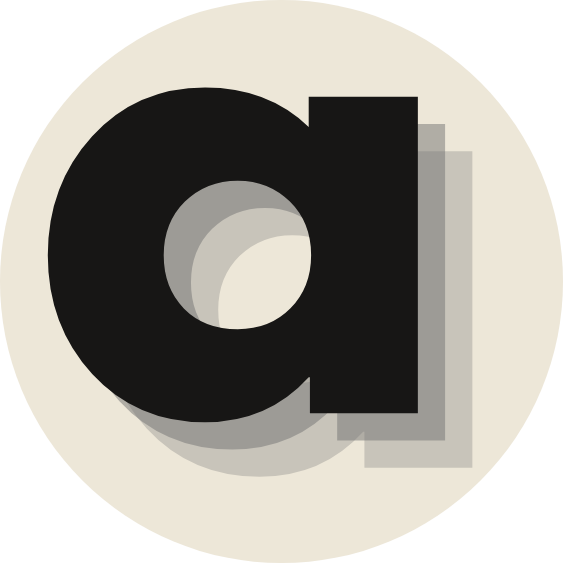Layering with Gouache - Tips & Techniques
- Artzo India
- Feb 7, 2023
- 3 min read
Updated: Feb 8, 2023
One of the qualities of gouache paint that makes it such a forgiving and flexible painting medium, is the ability to paint layer on top of layer. Learning to paint in layers with gouache takes a little practice, but once you understand the basic techniques you’ll be putting down vibrant, opaque layers of gouache in no time!

No Such Thing As A Mistake!
Each layer of gouache can completely hide the layer underneath, making the learning process a lot more enjoyable when you’re just a beginner. If you accidentally drop some paint, or change your mind about a colour – you can just let it dry and then paint straight over the top of it. Once you’ve learned the technique of layering gouache, you’ll find a lot of freedom in the creative process because there’s really no such thing as a mistake!
From Dark to Light.
Gouache, like watercolour paint is a water based paint but gouache contains more pigment which makes it a little thicker. This means the gouache sits on the surface of the paper instead of soaking in, which creates that bold, opaque finish. The opaque nature of gouache means that you can paint in layers starting with darker colours, and adding in lighter layers on top. It’s not necessary to work from light to dark as with watercolours, and you don’t need to worry about preserving the white. This means that you can paint a little more intuitively, as there’s no need to plan out exactly where your lighter layers need to be before you get started.
Consistency is key!
Gouache reactivates when water is added to it, which can make the layering process a little tricky. The key to success is getting the consistency of the gouache right. If you mix too much water into the gouache, and start painting over a dry layer it will reactivate the dry paint and both colours will start blending together. Understanding how much water to add to the paint is a technique that takes a little practice, especially when you’re working with multiple layers. The gouache should be a creamy consistency – thick enough to achieve that bold, flat finish but thin enough to spread and flow from the paintbrush.
Surface Choices Watercolour paper is ideal for gouache, because it’s thick enough to hold a lot of layers of paint without buckling. However, some watercolour papers are very absorbent and don’t give you much time to spread the gouache around. Hot press paper has a smoother surface than cold press paper and the gouache will glide on more easily. Hot pressed watercolour paper isn’t quite as absorbent either, which gives more time to play around and blend colours. Alternatively, it’s possible use a primer to seal absorbent surfaces before you put any paint on it.
Acrylic Gouache - The "opaque" cousin to gouache Acrylic gouache looks and feels like normal or traditional gouache, but there is an important difference. Acrylic gouache contains an acrylic polymer emulsion which makes it waterproof once dry. It can’t be reactivated like traditional gouache which means that you can add layer upon layer, and you don’t have to worry about reactivating the layer underneath. When painting with lighter colours over darker layers, the results will be much more vibrant because the layers won’t blend together at all. Acrylic gouache does behave a little differently to traditional gouache.
Brand Matters! The brand of paint can impact the layering ability, and finished quality of gouache paint. Cheaper brands generally don’t contain enough pigment, and aren’t as opaque which makes layering difficult. Sometimes white paint is added to make the gouache more opaque, but this lightens the colours a little and reduces the vibrancy. Here's a list of some fantastic sets of gouache.(ref. list below)!
What is your take on gouache as a medium? Let us know in the comments below!
Source Credits: Helen Dardik | Tink | Deanna Maree Creative Studio
















Comments